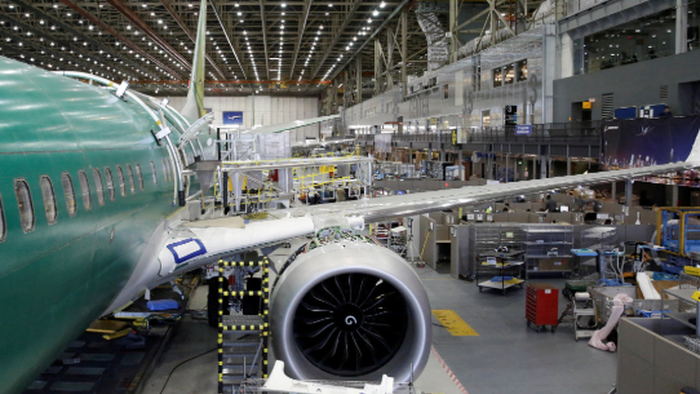Just over a week after resuming production of the 737 Max at its Renton factory in Seattle following a prolonged strike, Boeing announced full-scale production across all its aircraft programs, including the 737, 767, and 777/777X. Stephanie Pope, the head of Boeing’s commercial jet division, shared this positive update on LinkedIn, emphasizing the methodical approach taken by the teams to restart operations safely. Utilizing Boeing’s Safety Management System, they identified potential issues that could arise during the ramp-up process and addressed them proactively. Additionally, the company ensured that all manufacturing staff were up-to-date with their training and certifications while optimizing inventory levels to facilitate an efficient production flow.
The revival of production comes amidst a challenging backdrop for Boeing, marred by a series of setbacks over the past few years. The company has had to contend with the aftermath of two 737 Max crashes, the downturn in air travel due to COVID-19, persistent supply chain disruptions, and significant financial pressures. Further complicating matters were various incidents involving the 737 Max, such as a door panel blowout on an Alaska Airlines flight. The seven-week strike had further threatened to stall production and compound the company’s difficulties, ultimately highlighting the fragility of Boeing’s operational recovery.
Despite the resumption of production, analysts have projected that Boeing’s output for the 737 Max will likely average 29 units per month by 2025, a significant shortfall from the pre-restriction target of 56 jets monthly. The Federal Aviation Administration (FAA) had already imposed a monthly production cap of 38 jets due to safety concerns tied to the Renton production line. These restrictions reflect a broader scrutiny of Boeing’s production practices, revealing systemic vulnerabilities that the company must address to regain stakeholder trust and ensure the safety of its aircraft.
A potential silver lining for Boeing has emerged with the appointment of Kelly Ortberg as the new CEO, who has signaled a departure from previous diversity, equity, and inclusion initiatives. Ortberg’s focus appears to be on restoring safety as a primary concern within the company’s operational paradigm, paving the way for a renewed commitment to product quality and reliability. This strategic shift underscores a broader ambition to heal the company’s image and operational performance after years of turmoil stemming from management missteps and production issues.
Meanwhile, financial analysts remain cautiously optimistic about Boeing’s future prospects. Analysts from Goldman Sachs, including Noah Poponak and Anthony Valentini, have maintained a “Buy” rating for the aerospace giant, setting a 12-month price target of $200 per share. This valuation reflects a calculated expectation of a 4.5% free cash flow yield based on projected 2026 earnings. Nevertheless, the analysts caution that key risks still loom over Boeing’s recovery trajectory, primarily related to the pace of air traffic recovery, the ability of their supply chain to meet production demands, and the operational performance of its defense contracts.
As Boeing seeks to stabilize its operations amid various challenges, the return to full production is deemed critical for the cash-strapped manufacturer. Successful navigation of existing hurdles and a renewed focus on operational efficiency may provide the necessary foundation for Boeing to rebuild its market position and investor confidence in the coming years. The performance metrics going forward will be closely monitored as the company attempts to balance safety, production, and fiscal responsibility in an increasingly competitive landscape.

